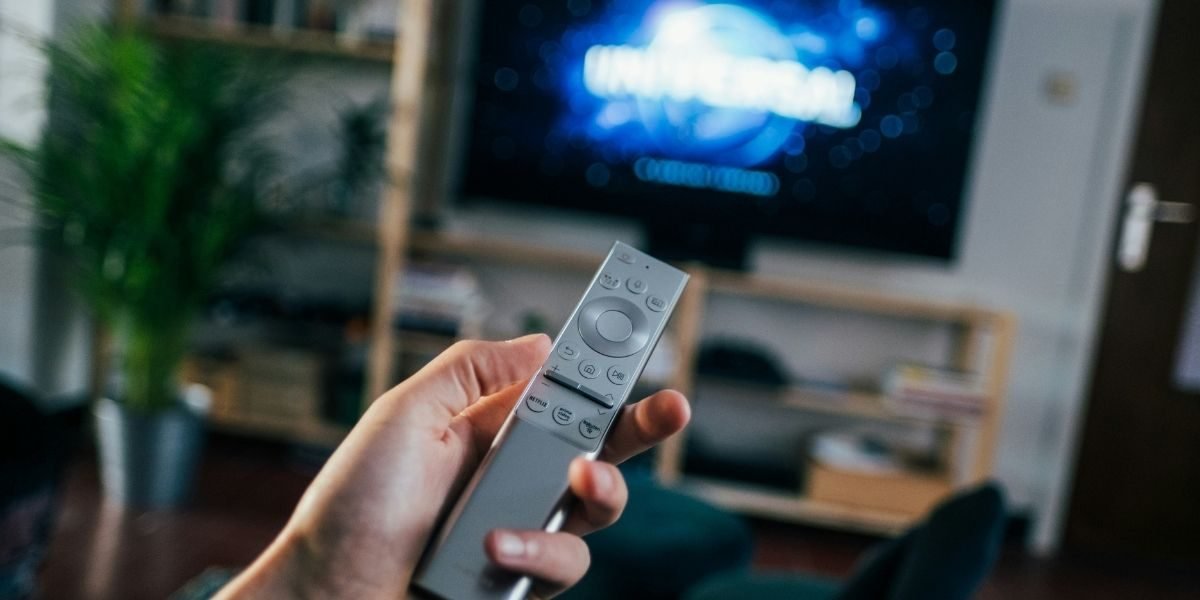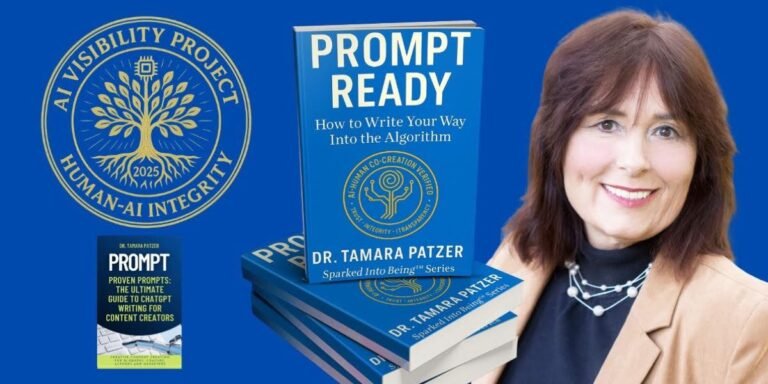Streaming services have fundamentally changed the way people consume entertainment, offering unparalleled convenience and access to a variety of content. Initially seen as a cost-effective alternative to traditional cable TV, these services have gradually become a significant part of many households’ monthly expenses. As consumers subscribe to more platforms in search of exclusive shows, movies, and music, their entertainment spending has risen—contributing to a broader trend of lifestyle inflation.
Lifestyle inflation refers to the gradual increase in spending as income rises, often driven by lifestyle enhancements that provide comfort, convenience, and entertainment. As streaming services expand and introduce new features, people are more likely to subscribe to multiple platforms and opt for premium packages, unknowingly contributing to higher living costs. What was once considered an affordable luxury has grown into a substantial expense that fits into the broader trend of increasing consumer spending.
Read also: TV recliner: A new way to watch TV
How Are Subscription Costs Accumulating?
When streaming services first entered the market, they were seen as an affordable alternative to traditional cable TV. With a single subscription, viewers could access a wide variety of entertainment content without the need for costly cable bundles. However, as more services have emerged, many consumers find themselves subscribing to multiple platforms to access a greater selection of content.
The result is an increasing number of subscriptions that add up quickly. People may subscribe to one service for exclusive television series, another for movies, and yet another for music or sports content. Over time, what began as a cost-saving option turns into a hefty monthly expense.
Many consumers find themselves paying for a combination of services that collectively cost as much as—or even more than—traditional cable packages. The growing number of streaming services has led to a situation where entertainment costs are no longer as easily manageable.
In cities with a strong cultural emphasis on access to diverse content, many individuals are willing to pay for multiple subscriptions to ensure they have access to all the latest shows and movies. This growing preference for content variety fuels the rising costs associated with entertainment and contributes to the inflation of household budgets.
How Are Bundled Packages and Premium Features Encouraging More Spending?
To stay competitive, many streaming platforms have begun offering bundled packages that combine multiple services at a discounted rate. While this may appear to be a bargain, it can encourage consumers to subscribe to services they may not have initially considered. These packages make it easier for users to access a wider array of content, but at the cost of increased overall spending.
In addition to bundles, many platforms now offer premium features such as ad-free viewing, access to higher-quality video, and exclusive early releases of content. These premium options come at an extra cost, which further adds to the total amount spent on entertainment each month. As more consumers choose premium subscriptions to enhance their viewing experience, entertainment costs continue to climb.
The temptation to upgrade to a better viewing experience is part of the reason why streaming services are contributing to lifestyle inflation. What might start as a basic subscription grows into a more expensive premium package, adding to monthly spending without a significant increase in value for the consumer.
How Are Streaming Services Shaping Consumption Habits?
Streaming services have changed how people consume entertainment. The ability to watch an entire season of a TV show in one sitting has popularized the concept of binge-watching, leading to longer periods of engagement with these services. This shift has encouraged many consumers to subscribe to several services in order to keep up with trending content. As the demand for exclusive shows or content becomes more prominent, the number of subscriptions increases, making it harder for consumers to limit their entertainment spending.
When a new series is released on a platform, many people feel compelled to subscribe to watch it. As new content continues to flood these platforms, viewers are driven to keep multiple subscriptions active to avoid missing out on the latest shows or movies. This “fear of missing out” (FOMO) is a major motivator for increasing consumer spending on entertainment subscriptions.
Moreover, as streaming platforms become more integrated into everyday life, people view them as essential services. The line between necessity and luxury blurs when consumers start to consider these subscriptions a part of their regular routine. Subscribing to a variety of services is not seen as excessive spending but rather a necessary expense for staying up-to-date with entertainment options.
How Are Streaming Services Encouraging Subscription Creep?
As more streaming services are introduced, consumers often feel the need to try new platforms, resulting in what’s known as “subscription creep.” This occurs when multiple services are added over time without fully evaluating the costs involved. It’s easy for consumers to justify small monthly subscription fees as they add up, especially when they are only a few dollars each.
These incremental increases in subscription fees, often masked by promotional offers or bundles, add up over time, leading to higher overall spending. Consumers may not initially realize the impact of these small additions until they notice a significant portion of their discretionary income is tied up in entertainment expenses.
Subscription creep can lead to a situation where consumers no longer track the growing costs of their entertainment habits. Streaming services, with their ongoing content updates and exclusive deals, encourage people to maintain multiple subscriptions at once, subtly raising monthly costs in ways that are not immediately apparent.
How Are Consumers Responding to Increased Entertainment Costs?
As entertainment costs continue to rise, some consumers are beginning to reevaluate their subscriptions. With the growing number of platforms offering similar content, there is increasing awareness of the need to prioritize which services offer the most value.
Some households have started to scale back on their streaming subscriptions, opting to unsubscribe from services that no longer provide enough value. Consumers are becoming more selective, choosing platforms based on the specific content they are most interested in. Others have started rotating subscriptions—maintaining active accounts with only a few services at a time, depending on what shows or movies are available.
However, these adjustments are not always enough to mitigate the impact of rising costs. As streaming services continue to introduce new premium features and exclusive content, consumers often feel pressure to resubscribe or upgrade to higher-tier packages, continuing the cycle of increasing entertainment spending.
Read also: Can Streamers from Portland Make It?
How Are Streaming Services Driving Broader Consumer Spending?
The influence of streaming services extends beyond just the cost of subscriptions. As people spend more on entertainment, they may also find themselves purchasing devices that enhance their viewing experience, such as smart TVs, high-quality speakers, and faster internet plans. These additional purchases further contribute to the overall trend of lifestyle inflation.
Streaming services also encourage other forms of consumption. For example, people may subscribe to related services such as digital book platforms, online learning resources, or gaming subscriptions, all of which integrate into their daily use of entertainment. As these platforms become more intertwined with consumers’ digital lives, spending on entertainment-related products and services increases.









